Stone siding is a popular choice for many homeowners looking to add an elegant, natural touch to their exterior. There are several types of stone siding available on the market today, each with their own pros and cons.
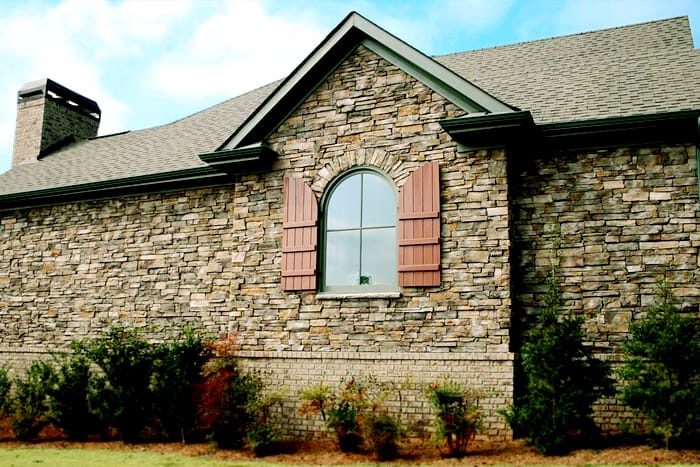
In this article, we’ll explore five different stone types that you may want to consider.
Solid Stone Siding
Solid stone siding is a type of siding made out of real natural stone. The stones are molded and cut to the size and shape required by the customer. The material has been used for centuries on homes and buildings, and it can last for generations with good care.
It is one of the most expensive types of siding available but can provide an earthy, natural texture to any home. Solid stone siding provides a durable, low-maintenance option that is perfect for both homeowners and architects alike.
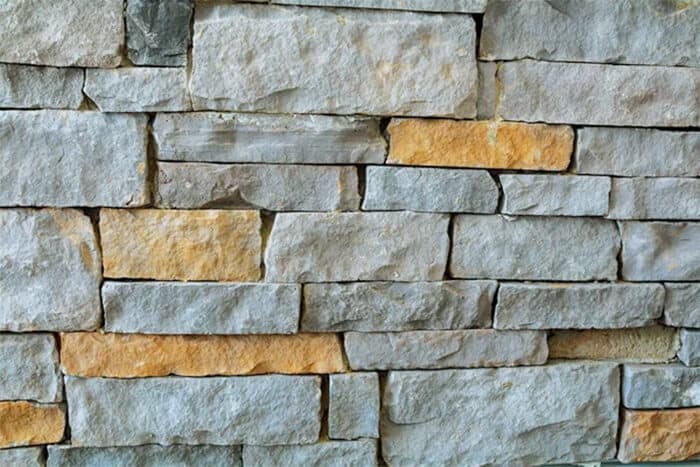
Solid stone siding can protect your home from unwanted fire damage that traditional materials like wood, vinyl and aluminum siding cannot. It is also more valuable than other types of siding because it has timeless style and will never need to be fixed or replaced.
Installing stone siding on your home not only helps you save money but also increases the value of your home.
One of the downsides to this type of material is that it weighs an absolute ton. It has to be cut into strips for installation, at which point it is then filled with even more weight. Furthermore, it can be damaged very easily and will need to be replaced entirely if there are any cracks or chips in the material.
Manufactured Stone Siding
Manufactured stone siding is for homeowners who want the look of natural stone without the cost or maintenance. Though it is not as durable as natural stone, the lack of upkeep makes it a more attractive option for people with high-maintenance lifestyles.
Manufactured stone siding is made with manufactured stone pieces that are glued together with an adhesive and reinforced with strips of fiberglass.
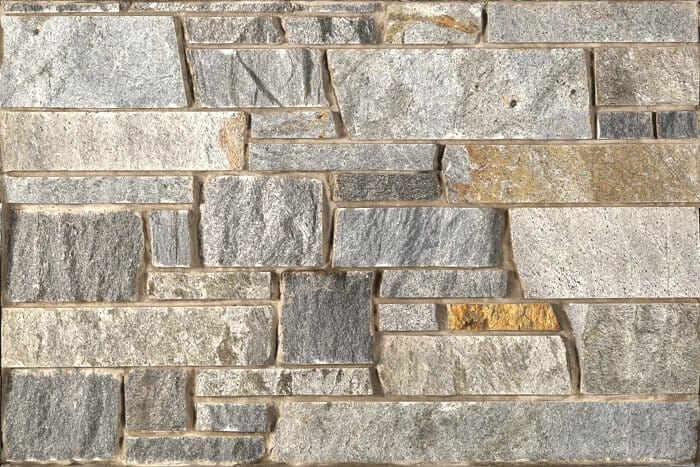
Manufactured stone siding, also called cultured stone siding, has a number of benefits over traditional methods that use natural stone. The first major advantage is that manufactured stone siding does not require a lot of maintenance because it is made for outdoor exposure and therefore will last longer.
Manufactured stone siding is a much lighter alternative to the traditional solid stone siding which can be quite heavy. Manufactured stone siding is created from various materials such as concrete, fiber cement board, and polystyrene foam.
It has the appearance of stone and many of the same benefits including fire resistance, durability, and cost effectiveness. However, it has significantly less environmental impact than natural stone due to its lower weight and smaller carbon footprint.
Polyurethane Foam Panel Stone Siding
Polyurethane foam panel stone siding has been a popular choice for home builders and homeowners as an alternative to traditional wood, brick, or vinyl siding.
Homeowners have been drawn to the material because it is not susceptible to rot or mold, is resilient against harsh weather conditions, and does not require a painting or staining process.
Polyurethane foam panels are typically made from a closed-cell polyurethane that is formulated for exterior applications.
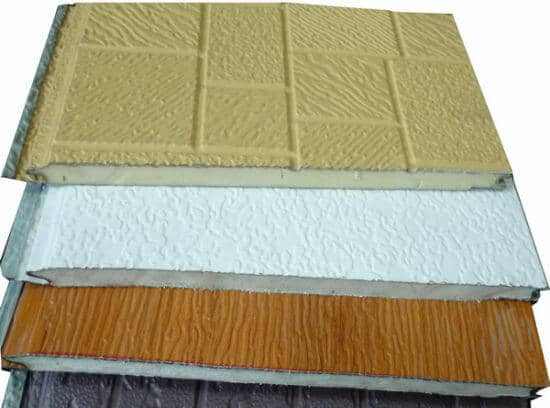
Polyurethane Foam Panel Stone Siding is made from synthetic foam, weighs less than regular stone siding, and does not need to be painted. No more worries about water seeping in to your house and causing rot!
However, it has an unfortunate tendency to warp and crack in the heat which leads to poor durability. This isn’t something that can be fixed with a simple solution like sunscreen or paint. The only way to remedy this issue is by replacing the siding entirely, which can get expensive.
The panels can also be damaged by impact from outside objects such as branches and hail in thunderstorms.
Stone Veneer Panel Siding
Stone veneer panel siding is a type of exterior wall cladding that is used to give the appearance of natural stone by mimicking the look and texture of it. This type of siding is made up of many different materials and can be installed on either horizontal or vertical surfaces.
They are installed quickly and straightforward thanks to the simple panel system technology, which limits the number of seams that have to be sealed or caulked. The stone panels are typically made of natural stone, but other materials may also be used.
There are many reasons why homeowners choose to install stone veneer panels on their home’s exterior, including the fact that they require less maintenance than other types of siding.
But one drawback to this type of siding is its weight. As stone is denser than brick or wood, these panels tend to be heavier and more difficult to install.
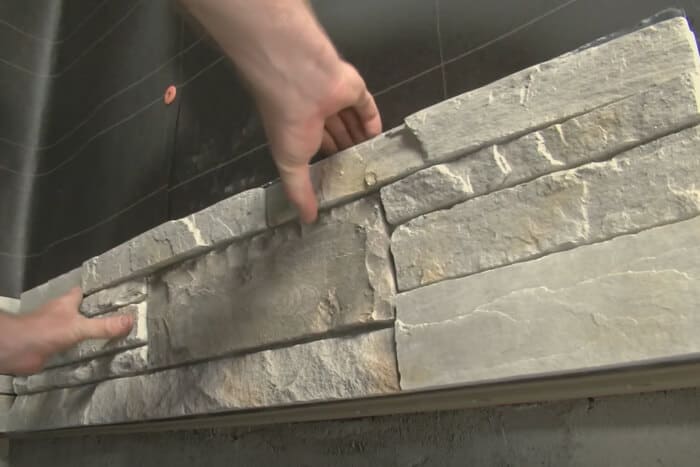
Natural Stone Cladding
Natural stone cladding is a type of exterior siding that covers the sides and front of buildings with large stones. These stones are either applied directly to the building or are installed on top of plywood, mortar, or another material which is then attached to the building.
Natural stones are one of the most sustainable, natural building materials one can choose. They are found in many colors and textures, making them an excellent choice for commercial stone cladding. It also has good thermal properties which contribute to energy efficiency.
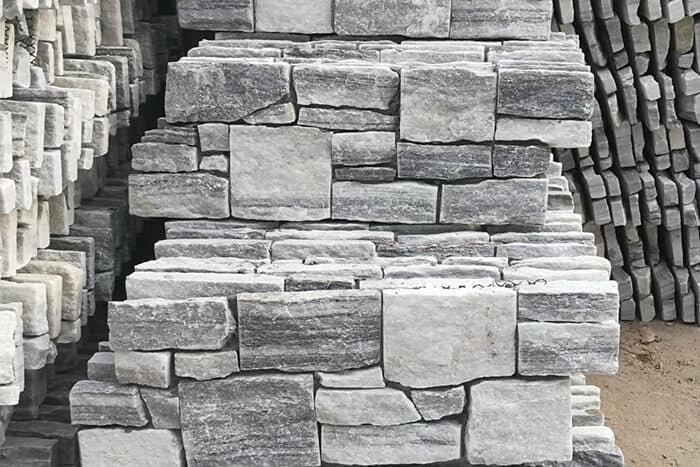
For many professionals, natural stone cladding is easier to work with than solid stone siding because it does not need as much drilling as traditional brick or mortar installation.
The process of installing natural stone cladding is more straightforward, as well – it can be installed by experienced do-it-yourselfers, or by a professional contractor who has been trained in this specialty.
Natural Stone Cladding is a durable and aesthetically pleasing way to add character and value to any home. Some stones, such as granite and marble, can last up to 40 years without requiring care or maintenance. This is because these natural stone materials are made up of quartz, which resists the elements better than other construction materials such as vinyl or aluminum siding.
Material Used as Stone Siding
Stone
Stone is a natural material that has been used to create siding for homes for centuries. There are many types of stones used to create this type of siding, all with different properties and textures.
Stone, also known as stone masonry or stonemasonry, is a work of construction that employs large pieces of rock or other heavy materials as its basic unit of measurement.
Stone acts as a barrier against extreme weather, including rain, snow, wind, and ice. Stone walls are also sturdy enough to provide protection against unwanted intruders. The most important factor with stone siding is that it can be designed to match any architectural style or house design trends.
Polyurethane
Polyurethane is a type of plastic that has been used as stone siding. It can be made to look like any color of stone, but it is most often manufactured to imitate white marble.
Along with being lighter in weight than traditional stone, polyurethane also costs about twenty-percent less than other types of siding.
Polyurethane is easier to install than natural stone, which requires the skills of a mason or carpenter. Polyurethane comes in a variety of colors and, when compared with natural stone, does not need extensive maintenance to keep it looking pristine.
Cement
Cement is a common construction material that is used in many different ways. In addition, cement can also be used as an exterior siding material. This type of siding is commonly seen on buildings and homes constructed from the 1950s through the 1970s.
Cement provides a low-maintenance finish for exterior surfaces, which can make it a popular choice for homeowners over other options.
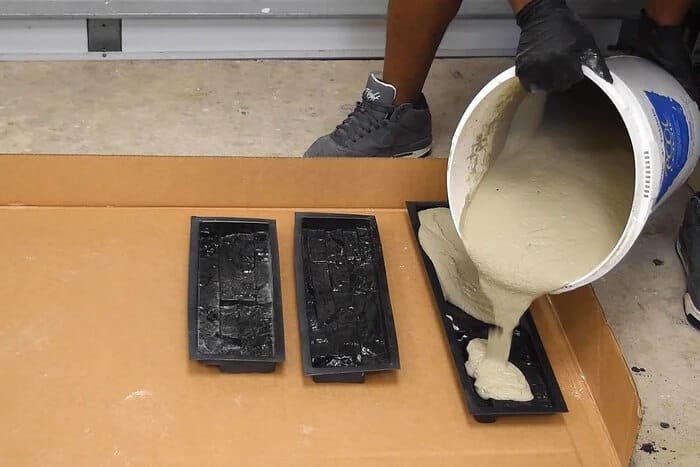
Cement siding can be made at home with some simple materials, which are readily available. The recipe consists of water, sand, and powdered lime, which is then mixed into a clean bucket using a spade or shovel.
The cement is then left to settle on a mold for about 6 hours before use. Once the cement has set properly, it can be applied to the surface of the house.
Conclusion
Stone siding is a durable and attractive option that can greatly improve the appearance of your home, while also providing it with some useful protection against the elements.
If you are considering installing new stone siding on your home, be sure to evaluate which type of stone would be best for your needs. We hope this article has been informative and will help you make an educated decision when choosing stone for your project.









